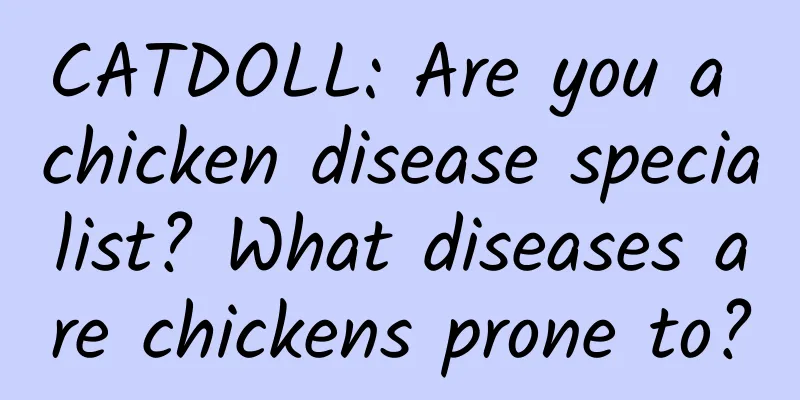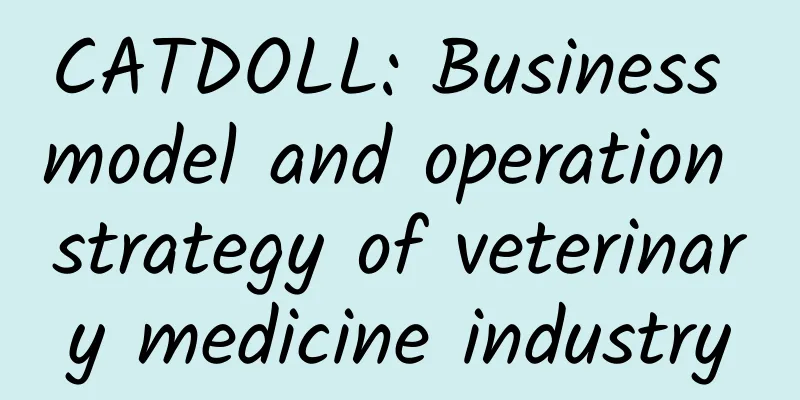CATDOLL : CATDOLL: Why should we feed shrimp with vitamins?

1. Why should we feed shrimps with vitamins mixed in feed?Vitamins are a class of active substances with low molecular weight. The demand for shrimp is very small, but they play an important role in its life activities. It is currently believed that there are 11 water-soluble vitamins and 4 fat-soluble vitamins that are essential for shrimp. Generally speaking, most of the vitamins originally added to shrimp feeds have been consumed during processing, storage and transportation. Therefore, mixing shrimp feeds with vitamins can replenish the vitamins that have been lost. 2. What are the main requirements for efficient and high-quality shrimp feed?The requirements for efficient and high-quality feed are as follows. It should be nutritionally complete, with a protein content of more than 40%, of which animal protein should account for more than 1/3; crude fat greater than 3.0%; crude fiber less than 4%; crude ash less than 15%; moisture less than 12%; calcium greater than 1%; and available phosphorus around 1.7%. It should contain various amino acids, unsaturated fatty acids, vitamins and trace elements required by shrimp, and have strong feeding appeal. It has strong soaking property and will not disintegrate in seawater with a water temperature of 25-30 degrees for 2 to 3 hours; the crushing particle size is fine, and the powder must all pass through a high-mesh sieve of 80 mesh. The surface of the feed is smooth, without thorns and cracks. The feed coefficient does not exceed 2, that is, 1 kg of feed feeds 0.5 kg of shrimp. Why do we add lipids to compound feeds? How much should we add? It is generally believed that the fat content in shrimp feed should be 4% - 8%, and 6% is the best. Fat can provide energy. Lecithin is an important component of cell membranes, and the amount of lecithin added is generally 1%. Because the synthesis of many hormones and vitamins requires cholesterol, special lipid cholesterol can generally be added in the feed at 0.5% to 1.0%. There should also be 2% fish oil in the feed, so that the saturated fatty acids eicosapentaenoic acid and docosahexaenoic acid in the feed can reach 0. 4%, and phospholipids reach 1%. 3. Will low-quality feed induce shrimp disease?It is best to choose high-quality feed for feeding shrimp during the breeding process. Poor-quality feed not only has low nutritional value, but also often contains harmful ingredients such as aflatoxin. These feeds are not only not conducive to the growth of shrimp, but may also induce shrimp disease. The main reason is that a small number of shrimp fry carry viruses and are in a latent infection state. Unfavorable conditions can easily induce latent infection to turn into acute infection, and then an outbreak. Therefore, it is necessary to choose feed from regular sources, which can not only ensure the provision of various nutrients required for shrimp growth, but also avoid the breeding risks caused by mildew of the feed. |
<<: CATDOLL: What is the specific process of breeding whiteleg shrimp?
Recommend
CATDOLL: How many freshwater shrimps can be farmed per acre?
Based on the specific breeding conditions, shrimp...
CATDOLL: Is there anyone who raises sub-adults or seedlings in 40cm deep water? ? Please send me a picture...
1. Is there anyone who can grow sub-adults or see...
CATDOLL: Why are there so many flies?
1. Why are there so many flies? In fact, as a mem...
CATDOLL: What are the dangers of red sea bream iridovirus disease?
1. What are the hazards of red sea bream iridovir...
CATDOLL: How long does it take to raise grasshoppers before they can be sold?
1. How many months does it take to raise grasshop...
CATDOLL: How much is a pound of snow fish?
In supermarkets, the price of frozen cod is from ...
CATDOLL: If we want to do a good job in sea cucumber farming, how should we start with immunity and enhancing metabolism?
If you want to do a good job in sea cucumber farm...
CATDOLL: How to breed yellow bone fish
When breeding, choose a pond with a flat bottom, ...
CATDOLL: What role do earthworms play in nature?
1. What role do earthworms play in nature? Can be...
CATDOLL: What are the scientific names of the bighead carp and the bighead carp?
What are the scientific names of Fushou fish and ...
What happens if a cat can’t make any sound?
What to do if your cat can't make a sound If ...
CATDOLL: How long can red worms be preserved in the soil? (How long will it take for red worms to die if they are preserved in the soil?)
1. Can red worms be raised in the soil? Soil pres...
CATDOLL: How big can crucian carp grow in a year, with breeding methods
How big can crucian carp grow in a year? Attached...
CATDOLL: What to do if your chicken has diarrhea? Cause analysis and solutions
Reasons for diarrhea in chicken Diarrhea means th...
CATDOLL: How much is the current price of silk per kilogram?
1. Is silk that costs 300 yuan per pound good sil...









